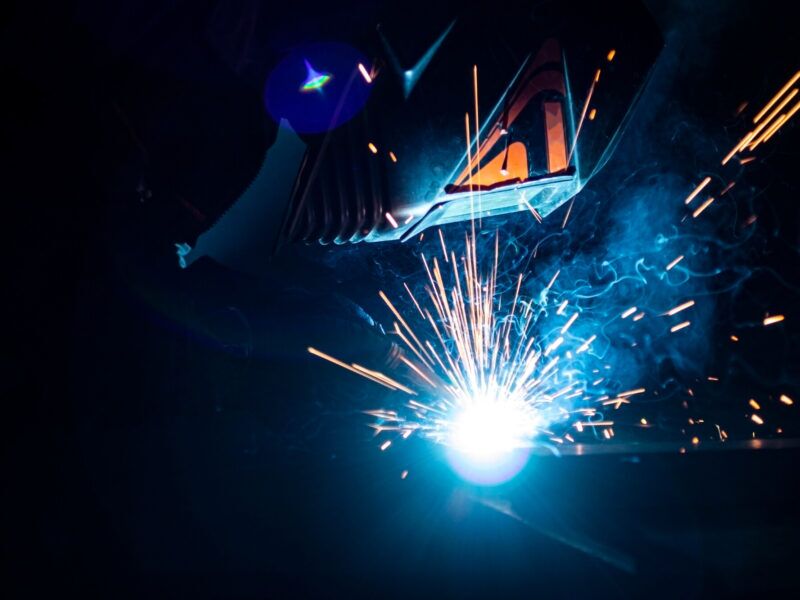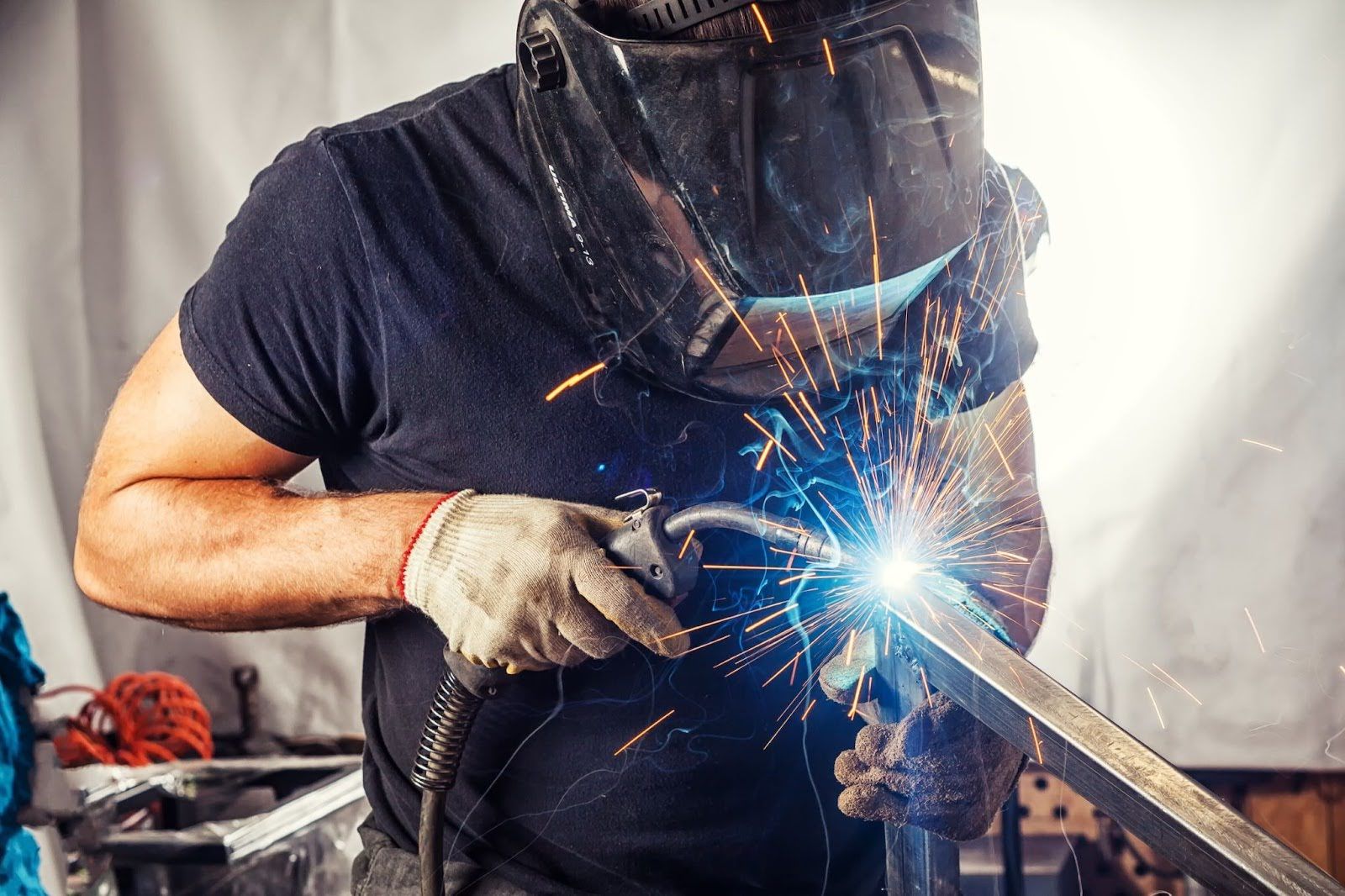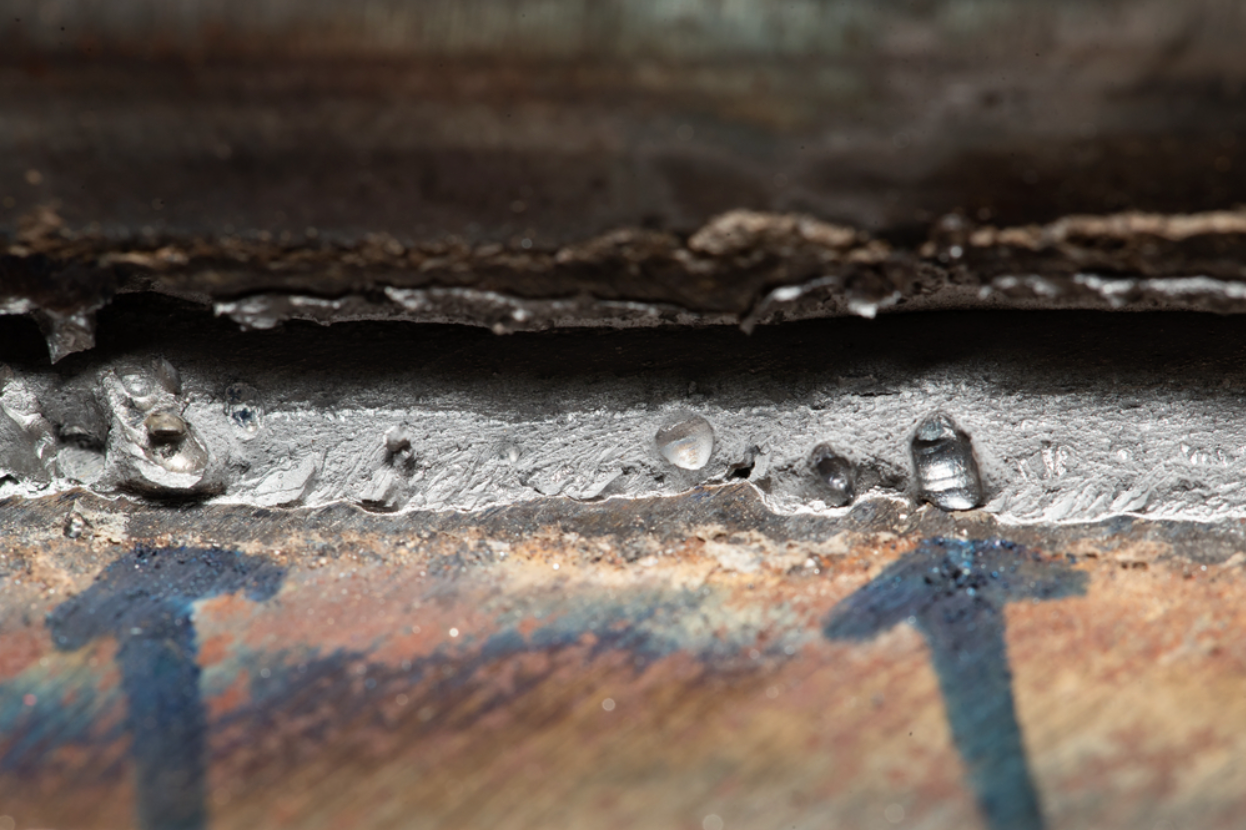Your Full Handbook to Preventing Weld Undercut Like a Pro
Wiki Article
Important Tips for Welders: Stopping Undercut Welding and Ensuring Stronger Weld Joints
In the realm of welding, attaining solid and sturdy weld joints is the keystone of generating high-quality job. One typical obstacle that welders usually encounter is undercut welding, which can compromise the honesty of the weld joint. By recognizing the factors that add to damaging and executing the right techniques and safety measures, welders can efficiently prevent this issue and make sure the longevity and strength of their welds. Let's explore some vital pointers that can aid welders browse this difficulty and boost the top quality of their welding tasks.
Recognizing Undercut Welding
Undercut welding is a typical welding flaw that occurs when the weld steel falls short to correctly fill the groove and leads to a groove-like clinical depression along the weld grain. This issue compromises the weld joint, making it prone to cracking and failing under stress and anxiety. Damaging can be caused by different aspects, consisting of extreme welding existing, high welding rate, improper electrode angle, inaccurate electrode dimension, and bad welding method.One of the major reasons for undercut welding is an imbalance between the welding current and the welding rate. If the welding current is too expensive or the welding rate is also quick, the weld metal might not appropriately fill up the groove, causing undercutting. Furthermore, making use of an electrode that is as well huge can lead to a comparable result, as the excess steel can not properly stream into the groove.
To prevent undercut welding, welders need to ensure they are using the proper welding specifications, keep a suitable electrode angle, pick the ideal electrode dimension, and practice proper welding techniques. By addressing these aspects, welders can reduce the threat of damaging and produce more powerful, much more trustworthy weld joints.
Correct Welding Method
Efficient welding strategy plays an important duty in guaranteeing the high quality and integrity of weld joints. One essential facet of proper welding technique is preserving the proper angle and distance in between the welding weapon and the workpiece.Additionally, a consistent and constant hand movement is crucial for creating solid and durable weld joints. Welders should intend for smooth, consistent motions to ensure also circulation of the weld material. Correct control of the welding gun and filler material is also key to accomplishing ideal penetration and combination.
Additionally, regulating the heat input and picking the ideal welding criteria based upon the product being welded are crucial factors in accomplishing high-quality welds - Preventing weld undercut. Welders ought to adhere to the suggested setups given by welding treatment specs and adjust them as required based upon the particular requirements of the project. By grasping correct welding methods, welders can dramatically enhance the stamina and integrity of their weld joints
Selecting the Right Electrode
Preserving the correct angle and distance between the welding weapon and the work surface is fundamental when taking into consideration the significance of choosing the right electrode in welding applications. The option of electrode plays an important function in identifying the top quality and strength of the weld joint. Electrodes are available in various kinds, each designed for details purposes and products.To start with, choosing that site the suitable electrode diameter is necessary. Thinner electrodes are appropriate for welding slim materials, while thicker electrodes are better for thicker products and greater warm applications. Matching the electrode diameter to the density of the workpiece helps attain a balanced weld.
Second of all, understanding the material make-up of the electrode is vital. Different electrodes are developed for welding certain materials like steel, stainless steel, aluminum, or cast iron. Utilizing the right electrode material guarantees good blend and minimizes the risk of defects in the weld.
Last but not least, thinking about visite site the welding setting and method is essential when choosing the electrode kind. Specific electrodes are much better suited for overhead or upright welding placements, while others work well for flat or horizontal positions. Choosing the appropriate electrode based upon the welding strategy improves the total weld quality and stability.
Preparing the Base Steel
To ensure a successful welding process, what preliminary steps should be taken when preparing the base steel for welding? In addition, any existing weld material or residue from previous welding must be removed to make sure a clean surface area for the brand-new weld.
Conducting Post-Weld Examinations

After performing these assessments, welders have to contrast the outcomes versus industry criteria and job demands to guarantee that the weld joint meets all necessary criteria. Any type of inadequacies or variances found throughout the post-weld inspection should be without delay attended to through suitable restorative procedures to ensure the weld's stability. By vigilantly carrying out post-weld evaluations and promptly resolving any problems, welders can maintain the top quality and reliability of their job, ultimately adding to the safety and security and durability of the bonded structures.
Conclusion
Web Site
Finally, protecting against undercut welding and guaranteeing stronger weld joints need a mix of appropriate welding technique, picking the ideal electrode, preparing the base steel appropriately, and carrying out post-weld examinations. By comprehending the reasons for undercut welding and applying the required precautions, welders can generate top quality weld joints that fulfill market standards and ensure the structural honesty of the welded elements.
Undercut welding is a typical welding problem that happens when the weld steel falls short to effectively fill up the groove and results in a groove-like depression along the weld grain (Preventing weld undercut). Undercutting can be caused by different factors, consisting of too much welding current, high welding speed, incorrect electrode angle, wrong electrode size, and inadequate welding technique
One of the major factors for undercut welding is an imbalance between the welding current and the welding speed. If the welding current is also high or the welding rate is also quick, the weld metal may not effectively fill the groove, leading to damaging.Maintaining the right angle and range in between the welding weapon and the workpiece is essential when considering the value of selecting the best electrode in welding applications.
Report this wiki page